Not that we want to rehash memories of the pandemic lockdown, but if there was one vehicle that exemplified that period, it would be the Mercedes-Benz Sprinter cargo van. In Amazon livery, of course. This big box on wheels was last redesigned in 2019, just in time for, well, you know. For many, those Amazon vans were a lifeline and welcome sight rolling down their street, screechy reverse chime and all.
Last year saw some big changes to the Sprinter's driveline, with a new four-cylinder diesel engine, nine-speed transmission, and all-wheel drive instead of four-wheel drive. As big as those revisions were, they're nothing compared to the next act.
The 2024 Mercedes-Benz eSprinter goes without any of those driveline features, as it's the all-electric version. Interested parties can order one now, with deliveries slated for the second half of the year, and it throws around some intriguing numbers. First off, the price. It starts at $74,181 (including $2,295 in destination fees) for the standard 134-horsepower base model. The 201-hp high-output variant that we drove starts at $77,611. Torque is the same for both, at a maximum of 295 pound-feet for 30 seconds at a time. It's rear-wheel-drive only and tops out at 75 mph.
These prices are for the 170-inch-wheelbase model with the high roof, but do not include the technically optional partition/wall that will be a mandatory add-on for early orders (it’s only $322 or $376 if you get one with a window). All will have a lithium-iron phosphate battery pack in the floor of the van, which means none of that environmentally and socially questionable cobalt in the mix. It's rated at 113 kilowatt-hours of usable capacity.

Range is estimated at 249 miles using the European WLTP standard, which tends to be more optimistic than EPA estimates, but Mercedes-Benz also has a history of exceeding EPA figures by a significant margin. Mercedes is quick to point out that it completed the 275-mile highway trip from Las Vegas to Long Beach, Calif. on a single charge. Using the WLTP city cycle, which seems particularly relevant for a delivery/work van, the eSprinter is estimated to return 329 miles. A smaller battery is in the works, but there's no data or estimates on that yet.
By comparison, the diesel-powered, long-wheelbase, high-roof Sprinter has a starting price of $56,500 and should return between 14 and 17 mpg. Extrapolate that with diesel’s national average price being about $4 a gallon and the eSprinter could conceivably break even price-wise in four years or so, with 30,000 miles logged per year. Of course, there are lots of factors that could change that calculation. For instance, if you’re operating in California or elsewhere with heftier diesel prices or travel more miles per day, that break-even will be shorter still. On the other hand, range will obviously decrease with heavier loads, and the eSprinter can haul as much as 2,624 pounds in its massive 488 cubic-foot cargo bay.
On a standard level 2 AC charger, the eSprinter can replenish the battery at 9.6 kW (many EVs can do so at 11 kW). Going from a completely depleted state to fully charged should take 12.5 hours. DC fast charging capability is standard, but is rated only at 115 kW, which is on the slow side. Mercedes estimates it will take 42 minutes to get from 10 to 80%. Helping matters is the optional navigation system that calls out charge stations, and the system that will pre-condition the battery as you close in on your intended charge station. Also included is the Mercedes me Charge feature that allows you to just plug-in and charge, bypassing the card swipe or app activation, so long as you set it up with your billing information beforehand. Mercedes also partnered with ChargePoint for Fleet Depot Charging, which simplifies charging and tracking of multiple vehicles.
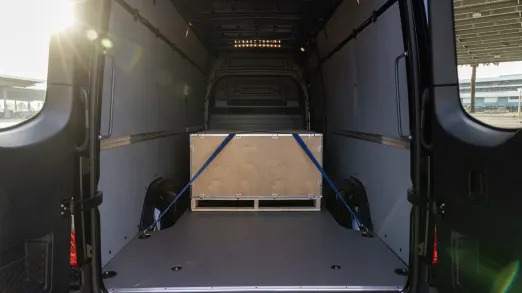
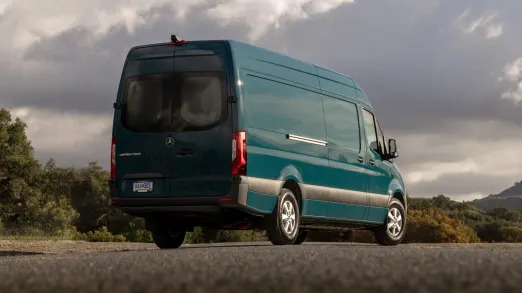
To sweeten the deal, scheduled maintenance is free for four years or 100,000 miles, and the battery has a warranty that ensures it will keep a minimum 70% of original capacity for eight years or 100,000 miles. Coverage can be extended an additional 85,000 miles as an option.
So how does it drive? Like a van, duh. There's really not much to say, otherwise. It's not particularly powerful or quick. It doesn't rail around corners, and despite having much of its weight in the floor, it still feels top-heavy and tippy. The one difference from other vans is the silence. Switch the drive mode to Eco, and power is further decreased, making it feel weak and underpowered. Maximum range mode strips the eSprinter of even more power and also limits how much electricity the air conditioning draws.
Visibility is great, so long as you're looking forward or to the sides. The partition between the driver and cargo area blocks any rearward view, which makes the optional virtual rearview mirror a necessity. You can select one of five brake regeneration levels with the paddles on the steering wheel and one-pedal driving is available. One addition in this area is an automatic regen mode that takes into account traffic and topography.

The eSprinter's cabin is fairly spartan, although the sleek MBUX infotainment screen you can add for $2,390 along with a variety of other comfort, convenience and tech upgrades does spruce the place up a bit. Hard plastics are prevalent, and the vinyl flooring reinforces the utilitarian personality. The seats are manually adjustable and once set, are reasonably comfortable though not as plush as any other Mercedes. The analog instrument panel is unusual nowadays, but seems appropriate for a commercial van.
Atop the dash, just over the crest and right up against the windshield are some oddly placed cupholders and a covered center bin that contains a few USB and power ports. It seems odd to have these so exposed to the sun and we wonder what would happen if the contents of a cup were to splash out of it into the HVAC vents.
Overall, the new Mercedes-Benz eSprinter doesn't impress or surprise, and that's actually a good thing for a commercial van. It's utterly sensible without any superfluous novelty. Considering its efficiency and capabilities, this is an excellent choice for a variety of businesses and would make perfect sense for city-bound, high-mileage use.
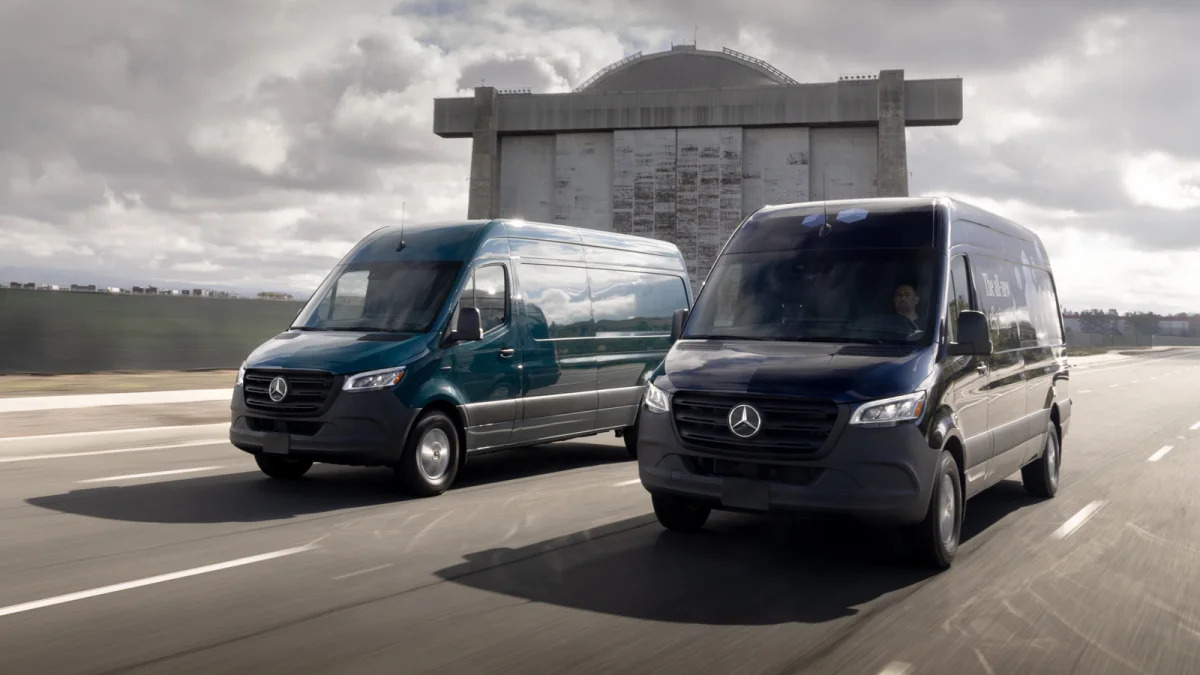








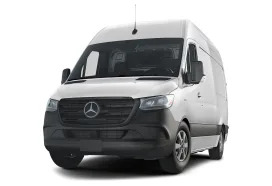
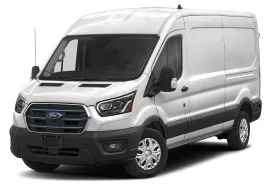

Sign in to post
Please sign in to leave a comment.
Continue